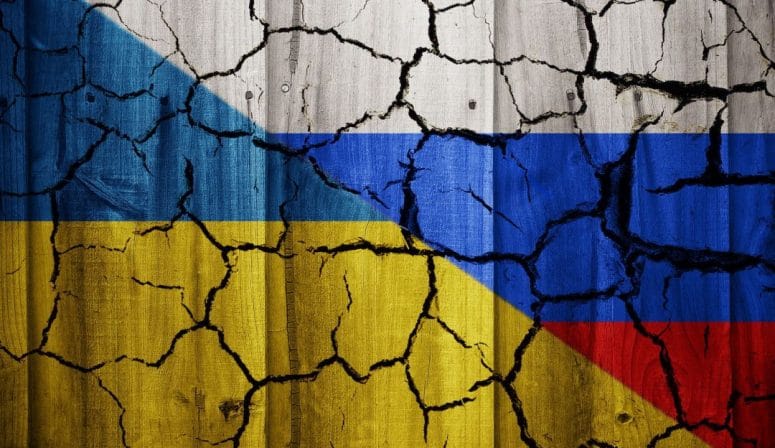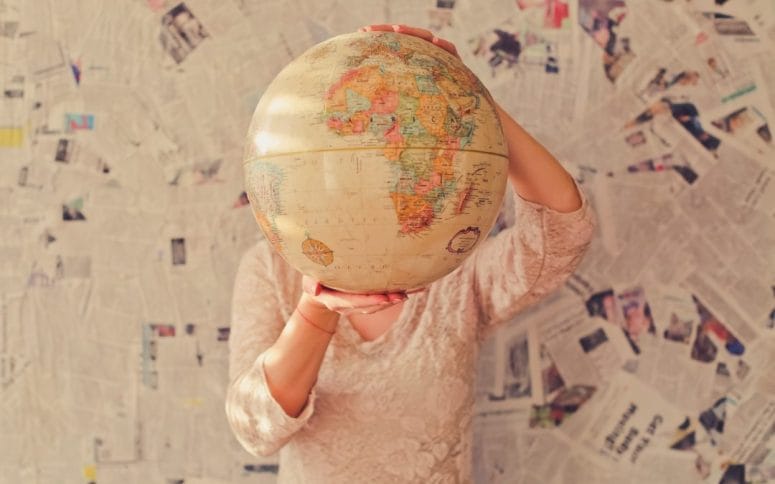The Russian invasion of Ukraine that began on February 24, apart from the sad number of human victims, has begun to cause economic damage worldwide and accentuate already existing problems.
RussiaBefore the war, it was the world's 13th largest economy in terms of GDP size. Its exports represent 1.9% of the total and place it as the 16th largest exporting country in 2020. These consist mainly of raw materials and energy products:
| Main Russian exports | Weight in world exports in percentage | Weight in total Russian exports |
| Weapons products | 14.2 % | 13 % |
| Manufactured fertilizers | 12.5 % | 20 % |
| Briquettes /Coke/ Coal | 11.6 % | 4 % |
| Oil and derived products | 10.9 % | 45.5 % |
| Natural and manufactured gas | 8.7 % | 6.8 % |
| Cork and wood | 8.4 % | 1.5 % |
| Non-ferrous metalsyes | 5.3 % | 4.4 % |
| Cereals | 5.2 % | 2.0 % |
| Iron and Steel | 4.7 % | 4.5 % |
| Metal minerals / metal waste | 1.7 % | 1.5 % |
Source: World Integrated Trade Solution
Ukraine On the other hand, it was the 61st largest economy if we measure it by its GDP. Its exports are more varied, although the most important are cereals and iron/steel. Its total exports represent 0.3% worldwide and place it in 48th position.
| Main Ukrainian exports | Weight in world exports in percentage | Weight in total Ukrainian exports |
| Vegetable oils | 6.7 % | 9.3 % |
| Cereals | 6.0 % | 20 % |
| Oil and fruit seeds | 3.1 % | 5 % |
| Iron and Steel | 2.3 % | 18.8 % |
| Animal feed | 1.8 % | 3 % |
| Minerals and metal waste | 1.1 % | 8.3 % |
| Meat and derivatives | 0.5 % | 1.4 % |
| Railway equipment | 0.2 % | 1.5 % |
| Electric equipment | 0.1 % | 4.8 % |
| Industrial equipment | 0.1 % | 1.4 % |
Source: World Integrated Trade Solutions
As to the effects, we must make a differentiation between those countries dependent on energy and grain imports and those that are exporters of one or both categories.
Morocco is part of the first category since it imports 90% of its energy and up to 50% of its cereal consumption. In the case of oil (Item 27.10), the country does not have an active refinery and imports it from Spain (1.7 million tons in 2019), Saudi Arabia (1.18 mT), the US (1 mT) , Italy (0.78 mT) and India (0.76 mT). Regarding gas, it came mostly from Algeria until the closure of the gas pipeline in October 2021. Morocco may suffer due to an increase in market prices for both products but not due to its dependence on Russia. However, Morocco may have more complications with coal. In 2017 the market share of the Russian Federation was 51% and in 2018 it was 46%. In 2018, the United States surpassed Russia in importance due to more competitive prices, so this trend will only increase. However, it is still of great importance. Other energy-dependent countries will also suffer these increases in the price of gas and oil.
Regarding cereals, Morocco imported Ukrainian cereal worth 231.8 million euros in 2020. It is its fourth largest supplier of this good and Russia the seventh (100 million euros in 2020).
It is precisely the countries of North Africa (Morocco, Algeria, Libya, Tunisia and Egypt) that are the largest buyers of Ukrainian cereal on that continent. Specifically, Egypt is the 2nd largest importer of Ukrainian cereal worldwide only after China (Cereals from Russia and Ukraine account for 59% of the total), Tunisia is the 7th largest (312 million euros in 2020 and which corresponds to 42% of imports of this good from Tunisia), Libya is 10th (238 million euros and which represents 48% of the value of its cereal imports), Morocco is 12th and Algeria is 18th (Ukraine is its fifth largest supplier but only represents 5.6% of the total). Libya, Tunisia and Egypt are facing supply problems as they look for new suppliers and increase their domestic production.
Precisely this last country, Egypt, receives hundreds of thousands of Russian and Ukrainian tourists every year in its hotels on the Red Sea. This sector will be affected by the inability of many to fly and the loss of purchasing power.
The import of vegetable oils from Ukraine will also be affected. The African countries that acquired the most this good in 2020 were Egypt, Sudan, Libya, Senegal, Djibouti, Ghana, Algeria and Morocco.
Ukraine and Russia are two popular destinations for young Africans wishing to pursue university studies. These are mainly studies in the health field and are mostly carried out in Ukrainian and Russian. There is now debate on what to do with these students and whether it would be possible to validate their passed subjects and admit them to the universities of their countries of origin. It seems difficult since the syllabus is different as is the language of instruction. It is estimated that there are more than 8,000 Moroccan students in Ukraine.
On the other hand, gas and oil producing countries will benefit due to the increase in their prices. Without a doubt, one of the countries that can benefit the most from this situation is Algeria due to its strategic position. There are 3 gas pipelines that go to Europe, of which 2 are active. The Italian Transmed (which passes through Tunisia) and the one heading to Spain Medgaz. Algeria has it in its power to become a preferential partner of the European Union and reduce its energy dependence on Russia. Libya, due to its geographical position and reserves, may also suffer the same fate.
Other oil and gas producing countries such as Nigeria, Angola, Equatorial Guinea or Guinea will benefit economically from the rise in prices at the income level and may increase their sales figures in the old continent.
As conclusion, many African countries and governments were in a complex situation before the invasion due to the effects of the pandemic. The economic slowdown, increase in unemployment, inflation, prices, logistics costs and transportation time or reduction in tourism are some examples of its collateral damage. This lack of some products and increase in fuel and product prices caused by the war in Ukraine will only tense the situation. The most affected countries will a priori be those in North Africa: Tunisia, Egypt or Morocco.
Source: Jorge Lois, Consultant and Market Analyst at Indegate Consulting






